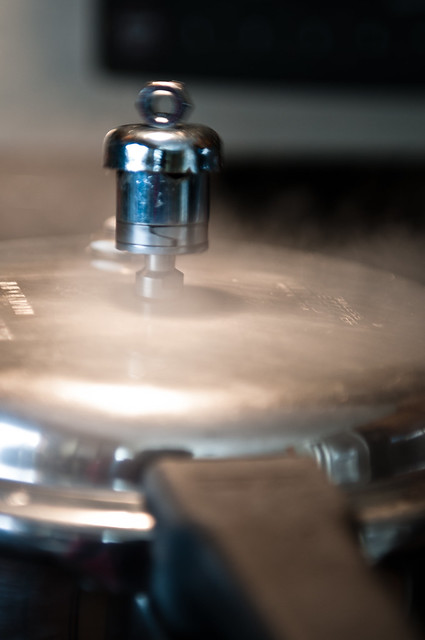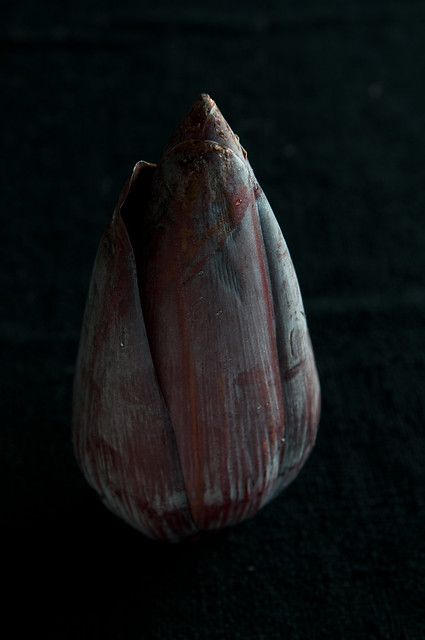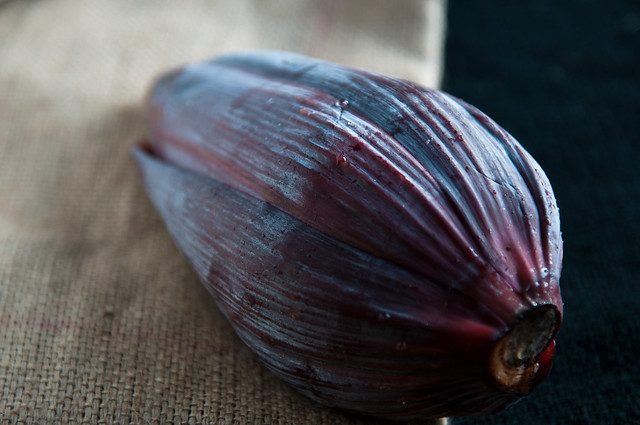Pressure cooking is suddenly in the limelight again. It looks like it's the next new wave after slow cooking in the crockpot. If you grew up like me -- in a home where beans, legumes and pulses were eaten on a daily basis -- you're probably grateful that an efficient and effective cooking method is finally being recognized, and you're possibly also quite aghast at the various myths that are being repeated ad nauseam, especially the one that pressure cookers are dangerous because they explode in your face.
There's no doubt that they used to explode and there were two reasons for that: poor manufacturing and user error (which, unfortunately, continues even today). Modern pressure cookers, especially the kind that don't open until the pressure has subsided, are much safer but so are the old-style ones with a weighted pressure-release, if used properly. If you continue to hear stories about how they explode, then more often than not, it is user error.
This reminds me of the recent article that said that immersion or hand blenders are dangerous because many people have almost lost their fingers to the blade. Well, it's only common sense that if the appliance is not unplugged, a blade that is jammed will start spinning as soon as the obstruction has been removed. But, since common sense is rather rare, it is easier to tarnish the appliance with the label: Dangerous.
I am still wondering why the author of that particular article was using an immersion blender for butter that was meant to go into chocolate chip cookies, and how an article of that kind made it into The New York Times. And, if she will ever be able to live it down.
I must say that I am rather surprised that such people still drive cars.
Or use a knife.
There's no doubt that they used to explode and there were two reasons for that: poor manufacturing and user error (which, unfortunately, continues even today). Modern pressure cookers, especially the kind that don't open until the pressure has subsided, are much safer but so are the old-style ones with a weighted pressure-release, if used properly. If you continue to hear stories about how they explode, then more often than not, it is user error.
This reminds me of the recent article that said that immersion or hand blenders are dangerous because many people have almost lost their fingers to the blade. Well, it's only common sense that if the appliance is not unplugged, a blade that is jammed will start spinning as soon as the obstruction has been removed. But, since common sense is rather rare, it is easier to tarnish the appliance with the label: Dangerous.
I am still wondering why the author of that particular article was using an immersion blender for butter that was meant to go into chocolate chip cookies, and how an article of that kind made it into The New York Times. And, if she will ever be able to live it down.
I must say that I am rather surprised that such people still drive cars.
Or use a knife.








